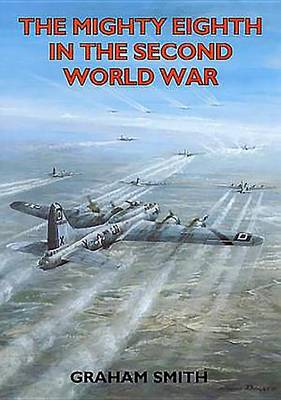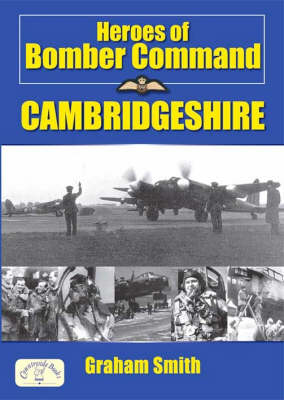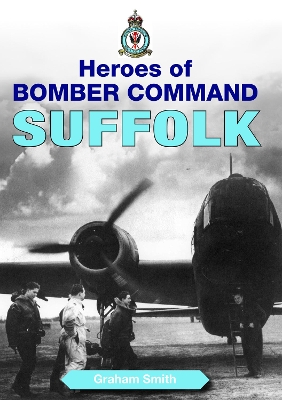Aviation History
5 total works
An illustrated account of the story of English aviation, from its beginnings in 1903 up to the start of the Second World War in 1939.
This book tells the story of the Mighty Eighth during three years of bitter fighting in the smoked filled skies above Germany and Occupied Europe. It was a harsh, harrowing costly battle with 26,000 American airmen killed, 1,900 seriously injured and 6,300 aircraft destroyed. Their missions included the bombing of U-boat bases, oil refineries, railway marshalling yards, airfields in France, Holland and Belgium and general industrial targets throughout the length and breadth of Germany. On D-Day their task was to destroy Normandy beach defenses as the Allied troops stormed ashore. On 13th May 1945 after a Victory Flypast over its headquarters near High Wycombe the majority of the Eighth began making plans to return home. By February 1946 the exodus was complete. Fifty or so memorials, dotted about England, are all that is left of this mighty war machine which made such an enormous contribution to gaining peace in Europe.
In this excellently researched book, Graham Smith describes the air war in Cambridgeshire, and the young airmen who flew night after night against desperate odds. It was from Cambridgeshire airfields that the legendary Pathfinder Force first took to the skies, making targets for the force of bombers behind them. The bravery, determination and resolve of the 'Bomber Men' must never, ever be forgotten.
Throughout the Second World War, Suffolk airfields and the airmen of Bomber Command made a large and vital contribution to the war effort. Just four airfields were established in the county at the outbreak of war in September 1939 - Mildenhall, Stradishall, Wattisham and Honington. Later in the war, new airfields were opened at Chedburgh, Tuddenham and Lakenheath. The losses both in men and machines, were very high. In this excellently researched book, Graham Smith describes the air war in Suffolk and the young airmen who flew night after night in the cold and the dark against desperate odds. Their Commander-in-Chief, Air Marshall Sir Arthur 'Bomber' Harris called them 'The bravest of the brave', an epithet they fully deserved.
At the outbreak of the Second World War the nine fighter squadrons then based in the county were ready and eager to meet the Luftwaffe and open another heroic chapter in the aviation history of Essex. This title is a detailed and well written account of the story of the county's involvement during the last war.




